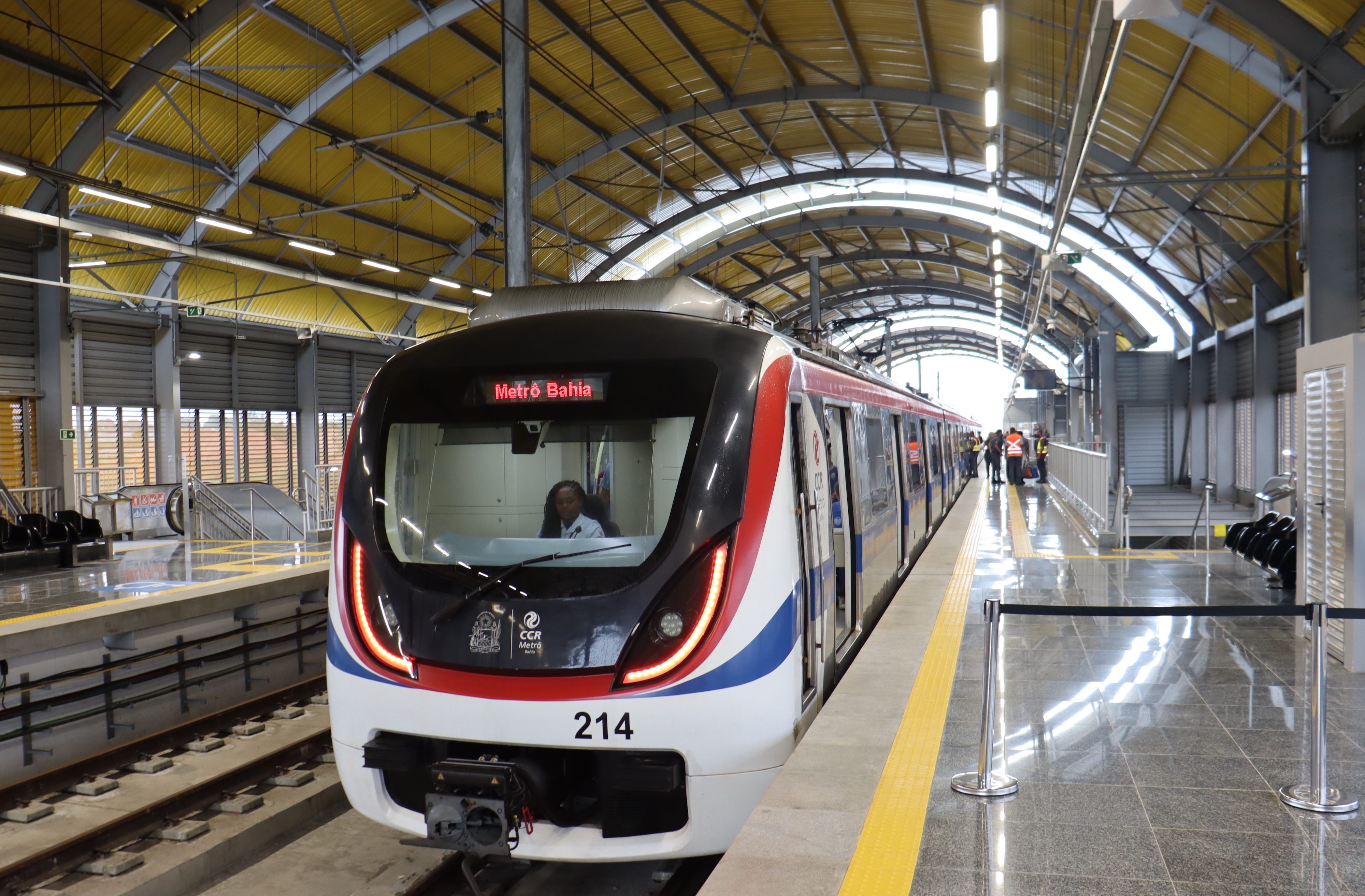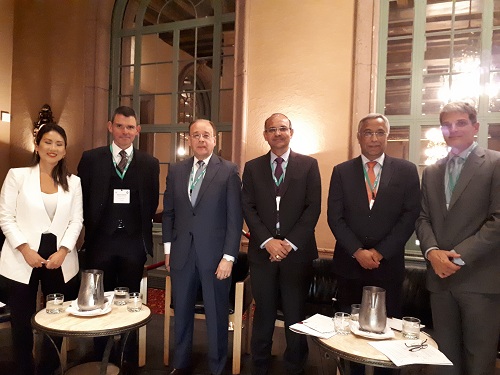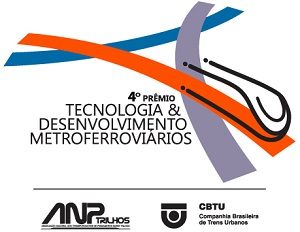With 1,133.4 km of lines, urban rail transport has 48 lines and 631 stations serving the population in the cities where they are located.
Brazil’s subway, urban train, Light Rail Vehicles and people mover systems recorded a 6% increase in the number of passengers transported last year, reaching 2.48 billion people. The data is part of the 2023 Balance of the Metro Rail Passenger Sector of the National Association of Passenger Rail Operators (ANPTrilhos) across Brazil.
Sixty-five percent of passengers use public rail transport for commuting and the growth in demand follows the development of the country, which recorded a 7.8% drop in the unemployment rate, the lowest since 2014, according to data from the Institute Brazilian Geography and Statistics (IBGE).
“Passenger demand for rail transport remains below 2019 levels and suggests a change in mobility behavior in cities, which goes beyond the remaining effects of the pandemic. New work formats, with the possibility of hybrid and remote work, and the growth of internet shopping are changing the way the population travels”, explains Joubert Flores, President of the Board of ANPTrilhos.
In relation to the service network, expansion was below expectations with growth of just 4.1 km in the Natal (capital of Rio Grande do Norte) and Salvador (capital of Bahia) systems, both in the Northeast of the country. The length of the metro rail network reached 1,133.4 km, divided into 307 km of metro, 536 km of urban train, 274 km of Light Rail Vehicle, 14 km of monorail and 0.8 km of people mover. The Southeast Region accounts for 62.1% of the length of the national network, with 704.3 km, followed by the Northeast (30.5%), South (3.9%) and Central-West (3.5%) regions.
Projects and perspectives
In the last five years, the expansion of the urban rail passenger transport network was moderate, with the addition of 38 km of tracks, which represents less than 2% in the five-year period. For the next five years, the prospects are more optimistic. Considering only the works in progress, the growth could reach 66 km and 59 stations. Of this total, 20 km and 17 stations are planned for 2024.
Although this result is far from filling the existing deficit, there are positive signs, not only from the federal government, with the resumption of the Growth Acceleration Program (called New PAC), but also from the initiatives of state and municipal governments, such as the auction of Intercidades São Paulo-Campinas Train, held in February this year, which will connect two of the most important cities in the state of São Paulo.
As for the New PAC, an investment of R$48.8 billion is expected in urban mobility. These resources cover 13 metro rail projects, including studies, renewals, conclusions and new works, in addition to the selection of new projects nationwide, scheduled for this year.
At the same time, Brazil is preparing to develop a portfolio of medium and high capacity transport projects for the 21 Metropolitan Regions with a population of over 1 million inhabitants. This portfolio will be one of the results of the National Urban Mobility Study of the National Bank for Economic and Social Development (BNDES), also scheduled to begin in 2024.
Sector performance
The metro rail sector maintains its performance in serving the population with a rate of 97.6% regularity and 98.6% reliability, in 2023. This efficiency is the result of the work of more than 40 thousand professionals who work in the sector and dedicated 14 million hours of work to system maintenance.
Social, environmental and economic benefits
Metro rail passenger transport is clean transport, mostly powered by electricity, and contributes to the sustainable development of the cities where they are installed. In 2023, the use of urban rail systems allowed R$32 billion to be returned to society in social, economic and quality of life terms.
Discover the benefits of rail transport for the population and the environment:
• Greater accessibility to different urban areas, connecting neighborhoods and promoting social inclusion.
• More safety: it is the safest way, reducing the number of traffic accidents and generating savings of R$402 million in accident costs.
• Traffic reduction: by offering an efficient alternative to individual transport, it contributes to reducing traffic on roads, relieving congestion and improving traffic flow, and provides savings of R$10.60 billion in road operating costs.
• Time Savings: Provides faster, more predictable journeys, saving 1.4 billion hours in travel time when using rail transportation.
• Climate change mitigation: By reducing dependence on fossil fuel-powered vehicles, rail transportation contributes to global climate change mitigation efforts and saves 1.1 billion liters of fossil fuel.
• Reduction of pollutant emissions: as it is more efficient in terms of pollutant emissions per passenger than individual vehicles, it contributes to improving air quality and reducing environmental impact, no longer emitting 2.2 million tons of pollutants.
• Job creation: the construction, maintenance and operation of rail transport systems generate direct and indirect jobs, boosting the local economy.
• Real estate development: The presence of public transport infrastructure stimulates real estate development, increasing the value of properties in the vicinity of stations.
• Reduction of individual costs: for passengers, using public transport is more economical than owning and maintaining a private vehicle, reducing individual mobility costs.
The complete document of the 2023 ANPTrilhos Metro Rail Passenger Sector Balance Sheet is available on the entity’s website, through the link, in portuguese: https://anptrilhos.org.br/balanco-do-setor-2023
About ANPTrilhos
Founded in August 2010, the National Association of Passenger Rail Operators (ANPTrilhos) is a non-profit civil entity based in Brasília (DF). Its mission is to promote the development and improvement of rail passenger transport in Brazil.
ANPTrilhos adopts an integrative approach that involves operators, industry, civil society entities and public authorities. Focusing on advancing sustainable urban mobility, it advocates the implementation of structural transport systems on rails, integrated with other modes of transport.
Read more





